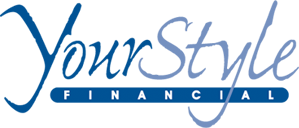
How To Shrink Your Interest Payments
Currently, there’s a lot of talk about what may happen if interest rates rise. So, chances are, you’re looking for tips on how to protect your income and balance your portfolio.
However, capturing money that’s wasted on inefficient interest payments should always be a priority. When it comes to cash flow planning, that’s one of the main ways people are able to save money and free up income. Paying more interest on debts than you need to can significantly affect your finances. So consider whether you’re falling into the following traps.
- Mortgage myopia. You may assume your interest rates and mortgage payments will remain the same over a long period of time, or you may not know how to plan for fluctuating rates. As a result, you could fail to build interest rate-movement assumptions into your financial plans and projections.
- Amortization risk. It’s easy to compare interest rates, so you may focus on doing only that when choosing mortgages and structuring your debts. Yet, amortization is one of the main variables you should consider, given it impacts the total repayment cost of your debts.
- Lower rates aren’t always better. Paying 3% versus 4% interest may seem better, but there’s more to calculating the total costs of debts than comparing rates. Along with looking at amortization risks, you need to review all of your repayment options, as well as the total cost of debts over your lifetime.
- Other debts. What matters is the total average rate that you pay over all debts. So, you can consider whether combining all of your debts is more cost-effective.
Just as you can save money through tax planning and insurance solutions, you can protect your income through cutting down on inefficient interest payments. Through cash flow planning, you’ll better understand the importance of paying down debt principals quickly, as well as how to reduce exposure to fluctuating interest rates. As published in Advisor.ca December 22, 2015
